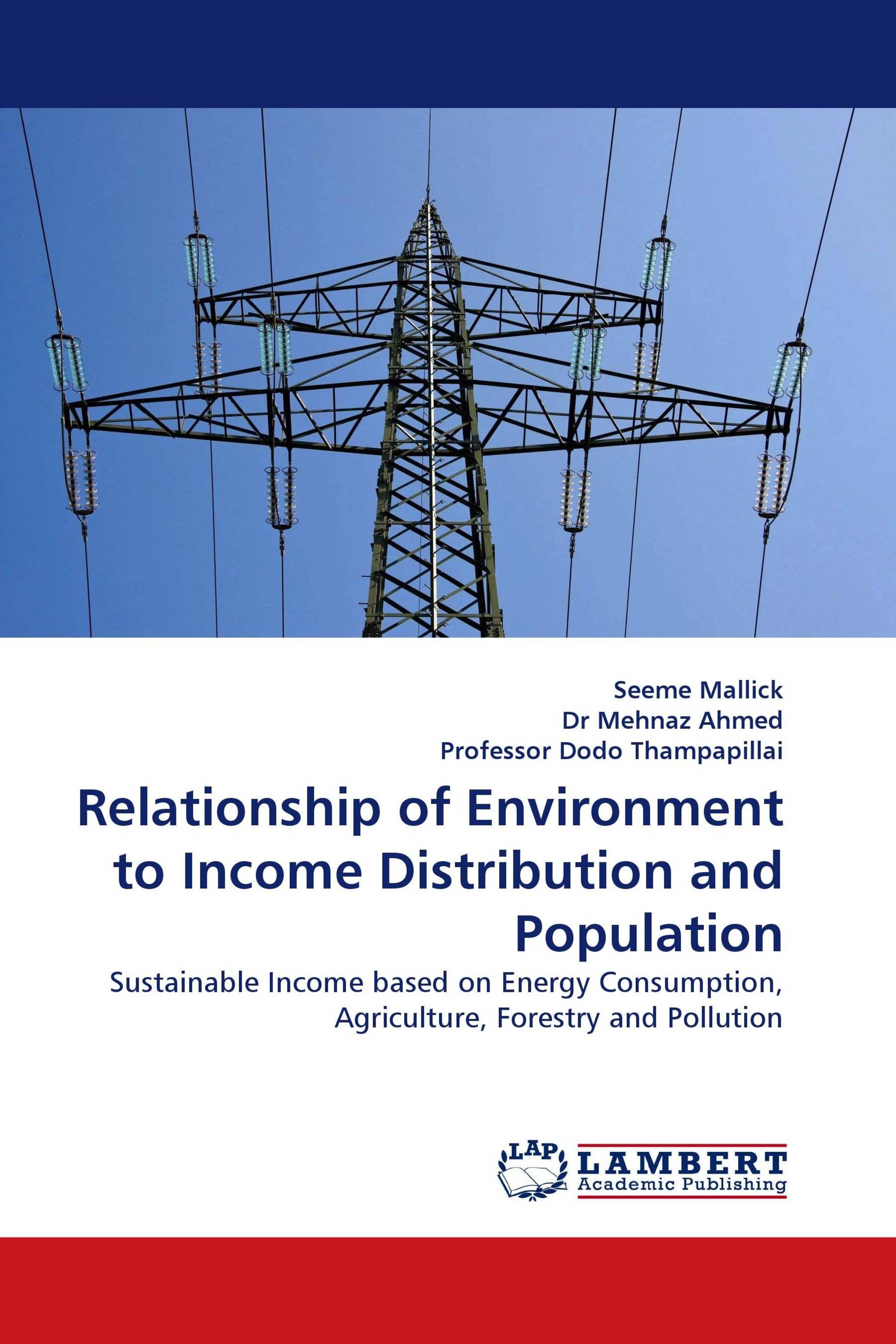Relationship of Environment to Income Distribution and Population
Sustainable Income based on Energy Consumption, Agriculture, Forestry and Pollution
LAP Lambert Academic Publishing ( 2010-09-15 )
€ 68,00
The sustainable income is estimated by evaluating the environmental capital depreciation allowance, where the natural environment is treated as a capital asset that provides essential services. The thesis focuses on two issues. The first section covers the relationship of environmental sustainability with income distribution and employment and the second section covers the relationship of poverty and demographic transition to environment in developing countries. First section analyses the possibilities of linkages between the environmental depreciation allowance, income distribution and employment. The Gini Coefficient and Lorenz Curve are applied to this analysis to explore the linkages between environmental depreciation and income distribution. In the second section, a discussion is presented on the demographic transition that has been successfully completed by developed countries within two centuries. It is suggested that in developing countries poverty has a strong influence on population growth rates. Analysis is presented regarding approaches followed by different schools of thought on the relationship between population, poverty and the environment.
Book Details: |
|
|
ISBN-13: |
978-3-8383-3302-1 |
|
ISBN-10: |
3838333020 |
|
EAN: |
9783838333021 |
|
Book language: |
English |
|
By (author) : |
Seeme Mallick |
|
Number of pages: |
164 |
|
Published on: |
2010-09-15 |
|
Category: |
Mechanical engineering, manufacturing technology |




